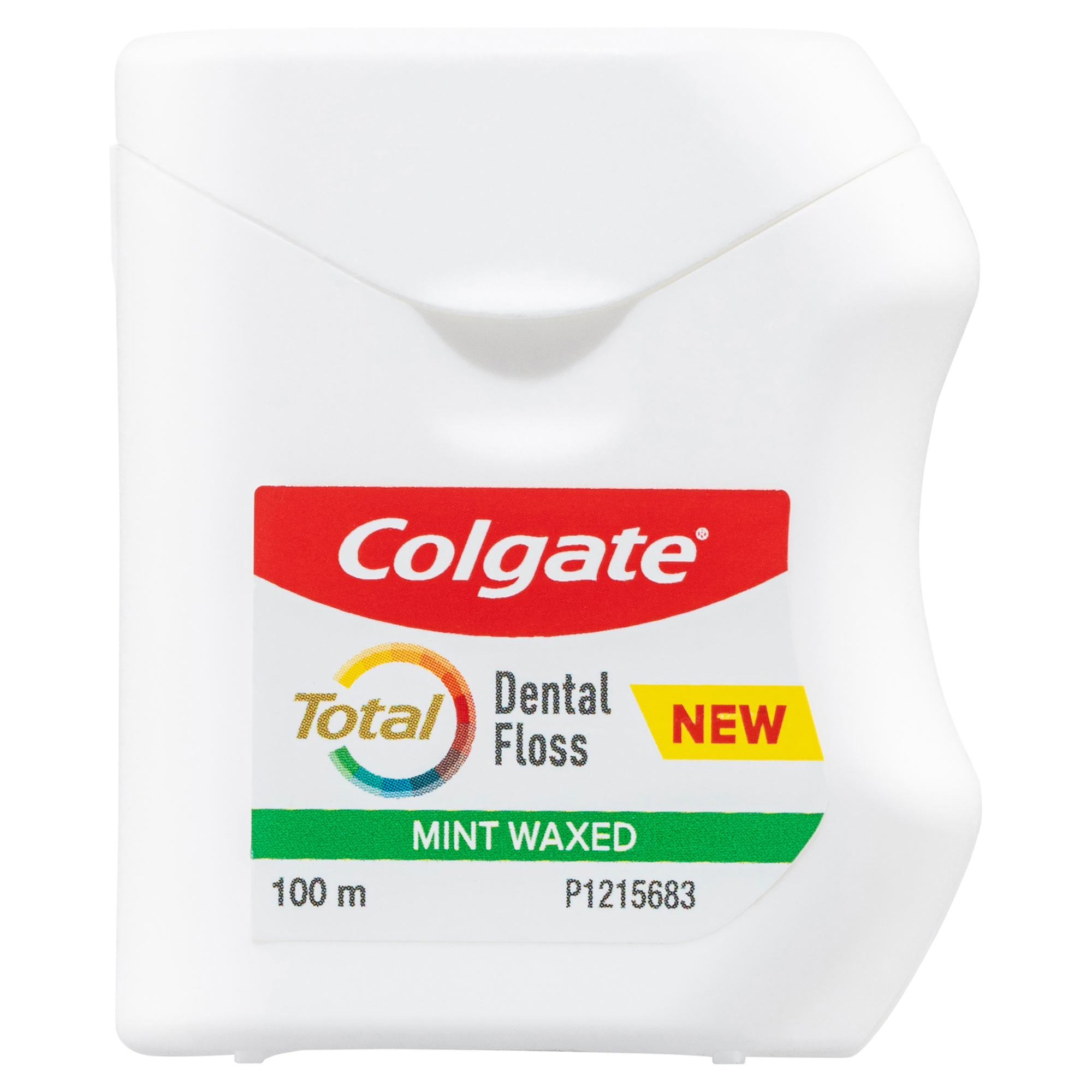According to the Dental Board of Australia, there are currently 13 dental specialties in Australia approved by the Australian Health Workforce Ministerial Council (the Ministerial Council). Periodontics is one of these specialties. The Australian and New Zealand Academy of Periodontists (ANZAP) states, “A periodontist is a dental specialist who focuses on the treatment of periodontal (gum) disease and other oral conditions affecting the soft and hard tissues of the mouth that support the teeth.” The qualification process may involve a minimum of two years in a general dental practice (after five years of dental school), followed by an additional three years of university-based training, depending on the location of the practitioner.
What conditions require gum surgery?
There are different types of gum surgeries depending on what your periodontist is treating. Some conditions that require gum surgery include:
Gum recession
If your gums are receding or shrinking away from your teeth, exposing your roots, this is called gum recession. The roots of your teeth don’t have the same hard, protective enamel as the crowns of your teeth. Consequently, an exposed root can cause tooth sensitivity and is susceptible to tooth decay. Some leading causes of gum recession are periodontal disease, brushing too hard, trauma from an injury or accident, tooth positioning, ill-fitting partial dentures, and genetics (thin bio-type). To prevent further damage your dental professional can show you how to brush your teeth and gums properly; periodontal disease is often treated with a non-surgical procedure called scaling and root planing; if you have ill-fitting partial dentures, they can be refitted for you.
Some suitable cases of gum recession can be treated by a surgical procedure called a gum graft. Your periodontist will take tissue from another part of your mouth and attach it where your gums are receding. This surgery prevents further recession, reduces tooth sensitivity, and can improve the aesthetics of your smile.
Gummy smile or uneven gums
If you have more gum tissue covering your teeth than normal, you may have what’s called a gummy smile (excessive gingival display). There are two surgical options available to remove gum tissue and show off more of your pearly white teeth. One is called a gingivectomy, where a portion of your gumline is removed. The other is called crown lengthening, where they do the same thing – plus remove some of the bone, so more of the tooth surface is above your gumline.
A decayed or broken tooth below the gumline
Suppose you have a damaged tooth beneath your gumline or don’t have enough tooth above the gumline for a restoration. In that case, your periodontist may need to perform a crown lengthening procedure to expose more of your tooth.
Periodontal disease
Periodontal disease starts when bacteria build up around your gum line and turn into plaque (a soft, sticky, colourless film). According to Australia’s Oral Health Tracker - Technical Paper (2018), the first stage of periodontal disease is gingivitis. If left untreated, the disease can, in some cases, advance to periodontitis, where the plaque and calculus can initiate an inflammatory reaction which then destroys your tissue and bone, and pockets form around the roots of your teeth. These pockets may begin to collect more bacteria; your teeth can loosen and could even fall out.
Australia’s Oral Health Tracker used robust data to see how many Aussies had periodontal pockets 4 mm or more (indicating they have periodontitis). It revealed that over 19% of 35 to 54-year-olds and over 38% of Australians 55 years and over have periodontitis.
If you have deep pockets around your teeth from gum disease, your dental professional may refer you to a periodontist for periodontal pocket reduction surgery. In this procedure, your gums will be folded back so they can deep-clean the bacteria and deposits from the tooth surfaces. They will then be sutured back into place, giving you a greater chance of cleaning the areas more effectviely and holding on to your natural teeth for longer.
How can you prepare for gum surgery?
After your dental professional refers you to a periodontist for gum surgery, your first visit will be an initial consultation. At this appointment, they may:
- Take additional x-rays of your jaws and teeth
- Review your medical history
- Ask what medications you take, including over-the-counter products, vitamins, and supplements
Most periodontal procedures can be comfortably performed using only local anaesthesia. However, you may require supplementary sedation or, in some cases, general anaesthesia (GA). If the later is case, your periodontist will recommend that you avoid food and drink for several hours before your procedure. If you have had sedation or GA you will need someone to escort you home. Make sure you follow your periodontists recommendations strictly. If you have a chronic condition, like diabetes or hypertension, they will monitor you for any complications relating to the anaesthetic and follow up after the surgery to check you are progressing well.
Recovering from the procedure
After gum surgery, a health professional will tell you how to clean your teeth and gum tissue without disturbing your healing gums. You may also have to eat a limited range of foods for a while and be prescribed pain medication.
While you’re recovering, contact your dental professional if you have any questions or concerns. Don’t wait until an oral infection develops or complications occur. Call your dentist as soon as you notice anything out of the ordinary.
Rest assured, your dental team will be behind you every step of the way, from preparation to recovery. Surgery never sounds like fun, but it can be vital in helping you get your oral health back to something you can truly smile about.
Oral Care Center articles are reviewed by an oral health medical professional. This information is for educational purposes only. This content is not intended to be a substitute for professional medical advice, diagnosis or treatment. Always seek the advice of your dentist, physician or other qualified healthcare provider.














